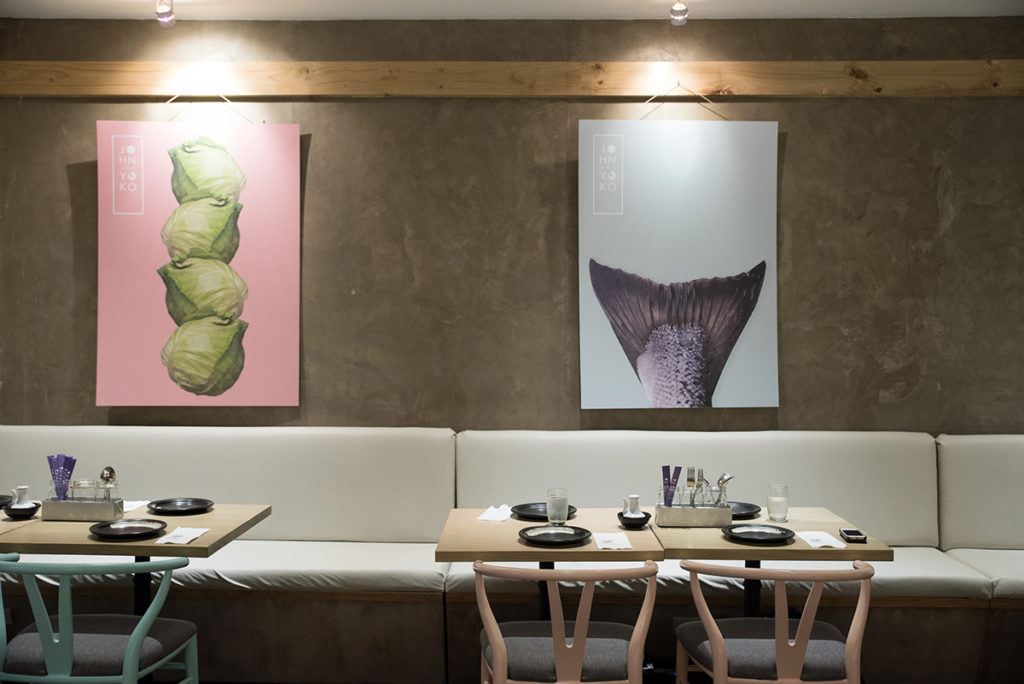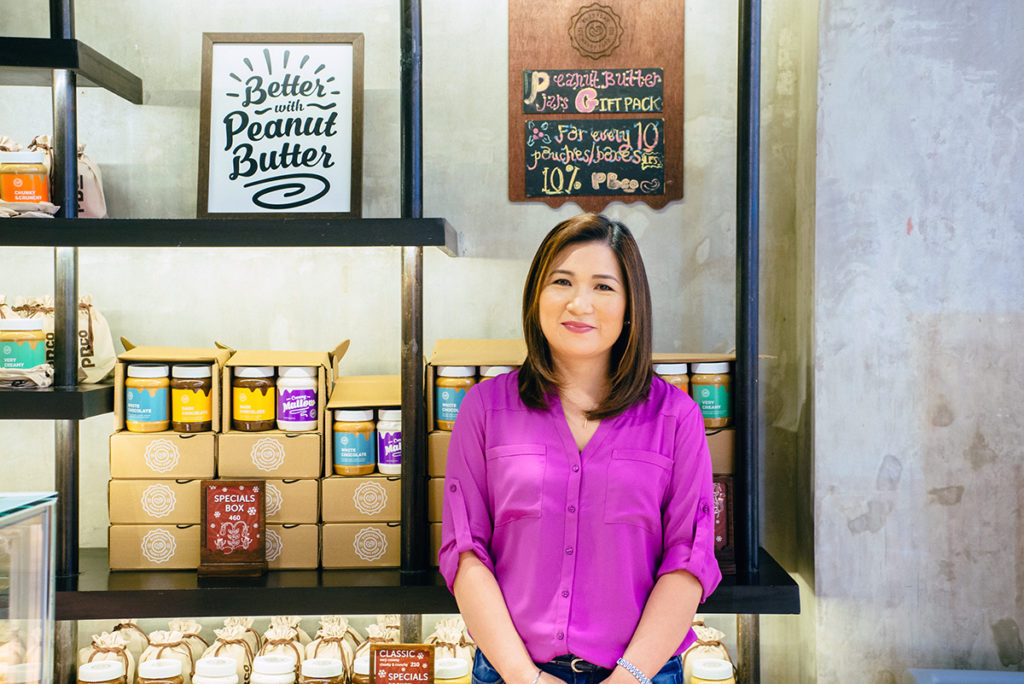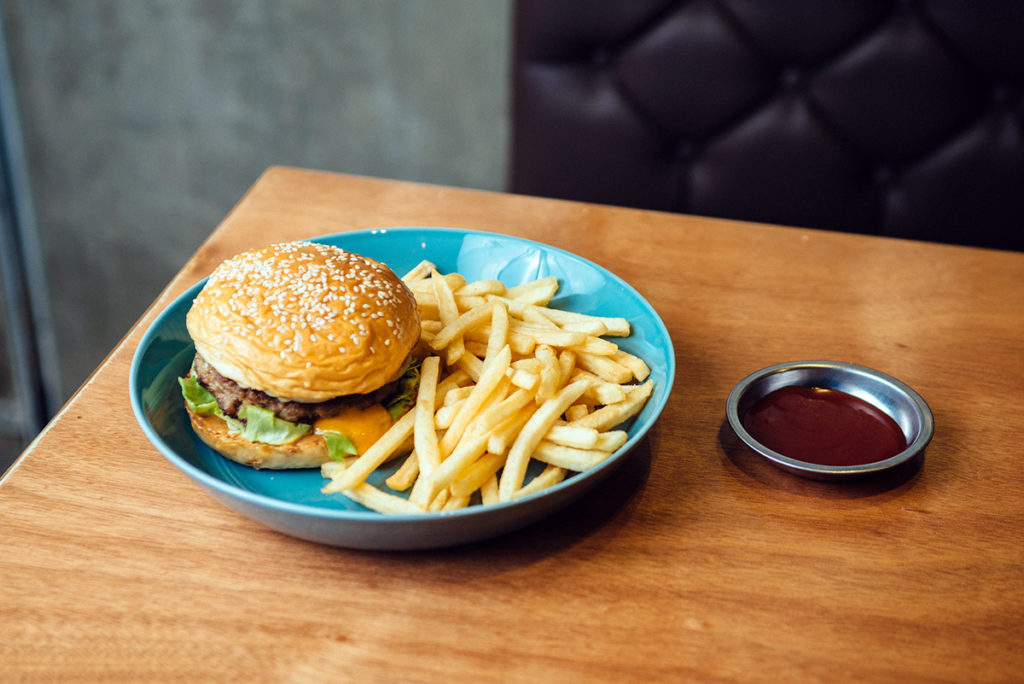Despite what some would have you believe, evolution is a scientific fact that can’t be disproved. If it were, how then would life arrive to what it is now—sophisticated and highly advanced—after billions of years? It’s a technique for survival, whether you’re a lowly insect or a business trying to survive in a wilderness full of competition trying to eat their way to the top.
Evolution is the reason why brands such as Coca-Cola and McDonald’s have stayed on top of the pack. Even though they have stayed largely true to themselves, they’ve also managed to keep their identity fresh through constant, consistent reinvention—something you don’t see in brands like BlackBerry and Nokia, who lost their once-legendary leads in their markets because they didn’t keep up with the times quickly enough.
Two different players in the Manila restaurant scene are learning this lesson the hard way: Veteran cosmopolitan Japanese restaurant John and Yoko and peanut butter specialty place PB Co. are undergoing their metamorphoses in order to stay in the game as well as provide an even better experience than they have ever had before.

“I guess it has come to a point where it’s getting harder and harder to impress our guests. I think they’ve traveled and seen it all,” says John and Yoko owner Ricky Laudico.
The restaurant’s Greenbelt 5 branch—its first—is shedding its trademark dark aesthetic after eight years for a cleaner, lighter, more modern look, simply because Laudico felt “it was time.” “These guests are the same people who jump on an airplane to fly to different places and try new dishes, so for us, who have been in the business for 10 years, the task is to come up with something new, to keep on researching, revamping, renovating.”
“We see that fast food chains have opened cafe places; [look at] McDo,” remarks PB Co. co-owner Pam Chua. Opposite of what John and Yoko is doing, the peanut butter restaurant is making itself over to be a little darker, a little jazzier. “We’re thinking, people really want to relax and enjoy their food. People want to sit down and chat, especially here in the Philippines. We’re not used to eating while walking; we’d rather sit down and take time, have meetings.”
And while a makeover may be a scary experience for some—especially for both owners, who still like the original idea—it shouldn’t be something to fear especially if the end goal is survival.
While it is important that an identity needs to be reinvented every now and then in order to remain fresh, it’s also unwise to change things up just because. Chua knew PB Co.—whose rebranding not just includes the look of the place but also the food they offer—needed a change when she noticed that only half of the people coming in would actually order from the menu due to their apprehensions with eating food that normally doesn’t have peanut butter in the recipe.
“[But] we had found out that peanut butter is so versatile. It’s like an ingredient talaga,” says Chua, who found that she has to straddle a fine line between peanut butter fanatics and casual lovers. “It’s not just a spread, it’s not just a dessert. We marinate our chicken with peanut butter. We’ve incorporated it in our sauces and soups. But you’re not supposed to be [tasting mainly] peanut butter [in the dish]; it’s just supposed to enhance the food. That’s what I tell people. They come in and say, ‘Akala ko ba it’s peanut butter?’ If it was peanut butter, I would have called it peanut soup.”

And while a makeover may be a scary experience for some—especially for both owners, who still like the original idea—it shouldn’t be something to fear especially if the end goal is survival. “When designer Wilmer Lopez showed me the new John and Yoko, it looked like a Japanese restaurant in some Scandinavian country,” recounts Laudico, who believes the old staff should be spared from the overhaul.
“It’s very clean, very young, chic, hip, minimalist—like a more subtle Philippe Starck design. When I saw it, I was like, ‘Are you sure?’ I had to stop myself. [I thought] maybe there’s something here. I promised myself I won’t interfere.”
“You can’t satisfy everyone [with your makeover],” advises Chua. “Maybe you’ll satisfy some, but not everyone. That’s one thing you have to accept in the restaurant business: Hindi lahat matutuwa. But what we’re targeting is that majority would be.”
Both Chua and Laudico agree on one thing though: Despite the need to freshen up on occasion, you must also remember what your brand is, what it stands for, what you want to accomplish with it, and how to stay true to it. There’s always a way to undergo a makeover without compromising the original idea.

“You should know your brand,” says Laudico. “You should know your direction and your core. You should be able to convey, communicate these to your designer. You have to pick a designer you trust, give them the right briefing. You shouldn’t have someone else do the briefing for you, especially if you’re the one who knows your brand completely.”
“Don’t give up,” adds Chua. “No, we’re not very successful yet, but we believe strongly in peanut butter. Once you give up, it’s over. Are there people who aren’t satisfied? Of course! Are there those who are? Plenty! Had we given up, [the business] would have been over two years ago. But we believe in peanut butter as something worth looking into. It’s a different concept. It’ll be hard to survive in the restaurant business now if you’re just copying somebody else.”
Originally published in F&B Report Vol. 13 Issue 1





